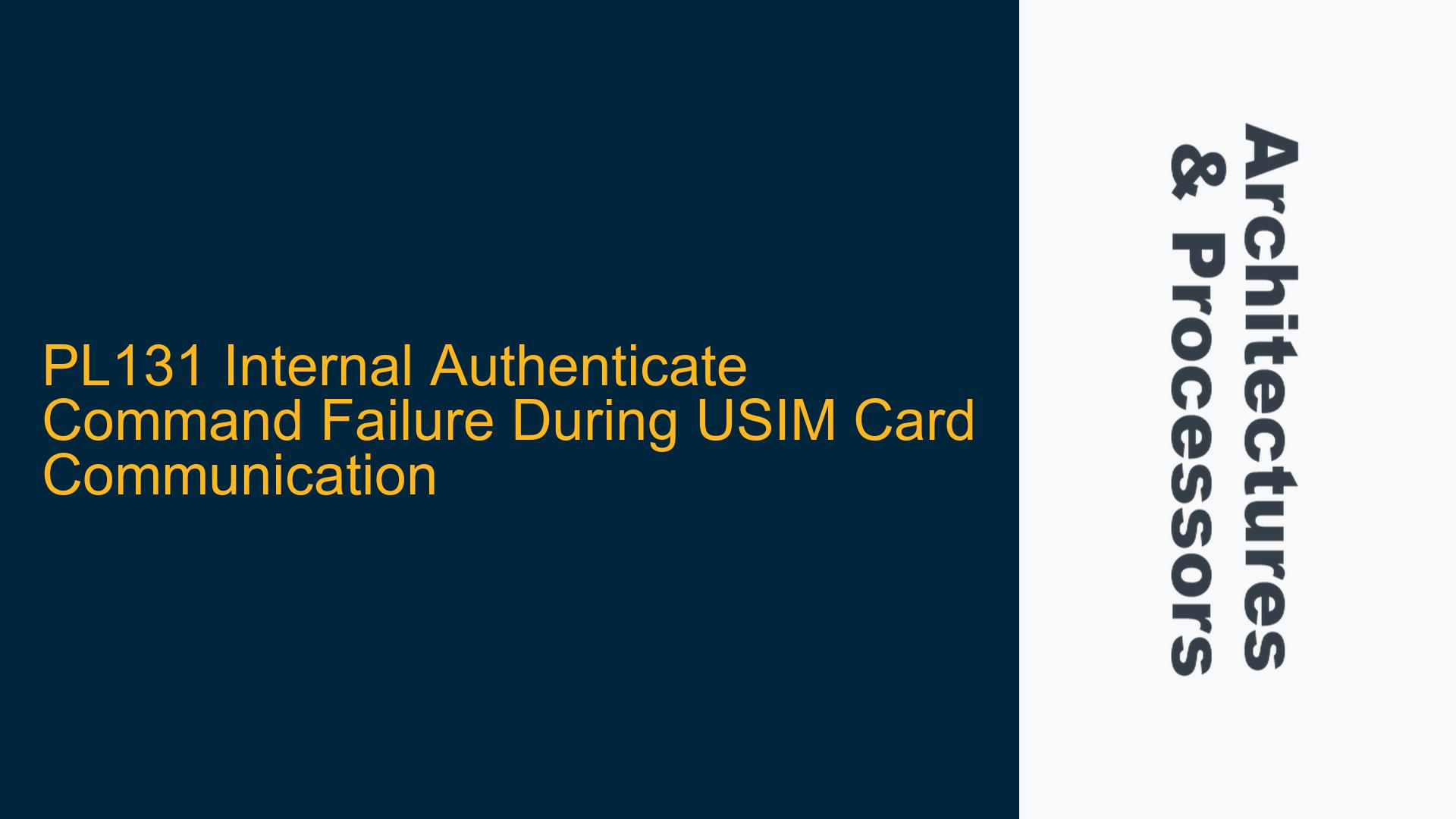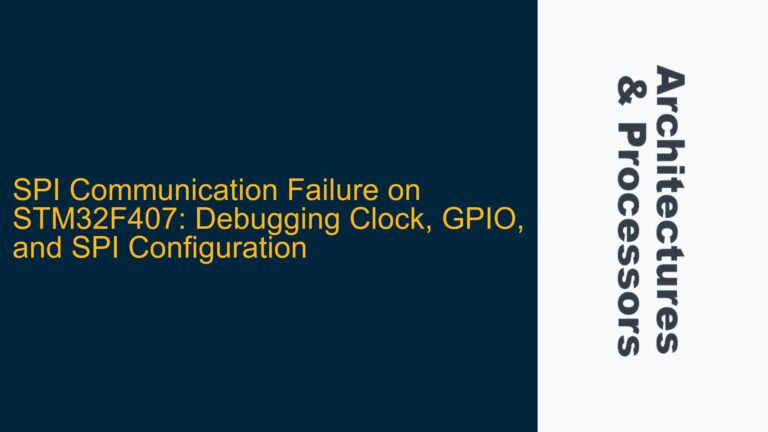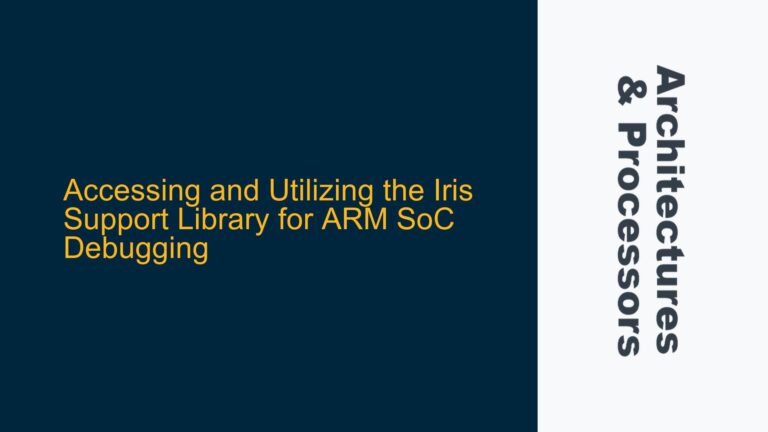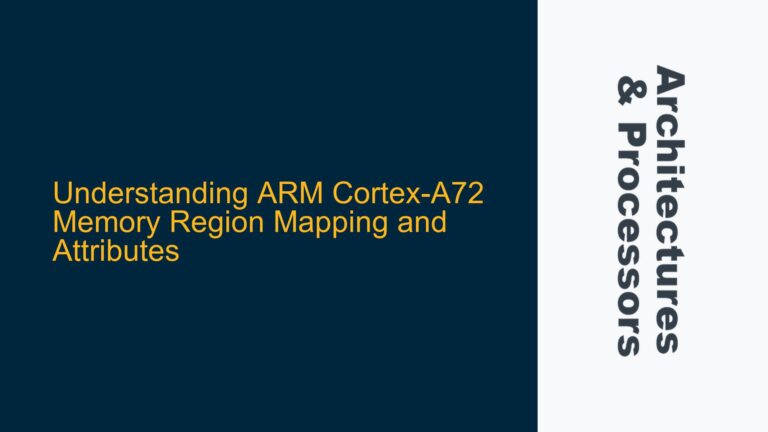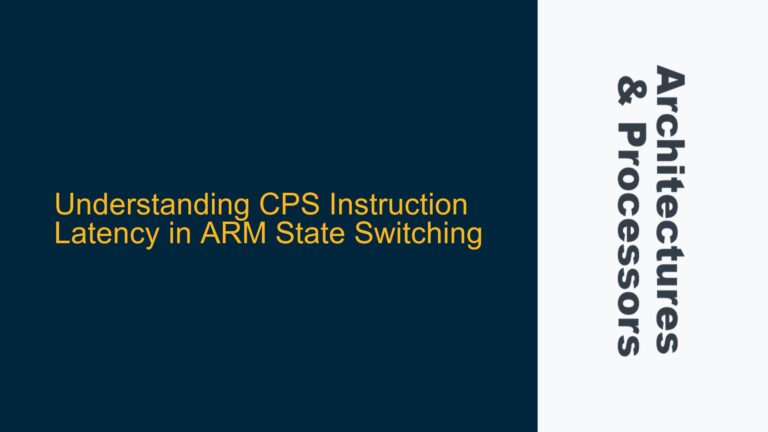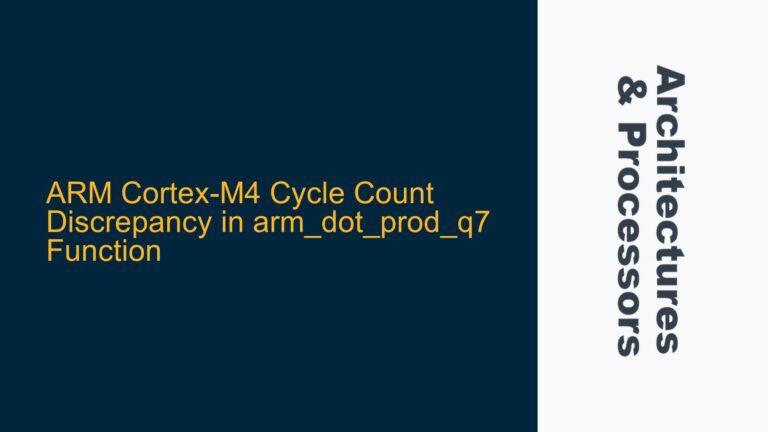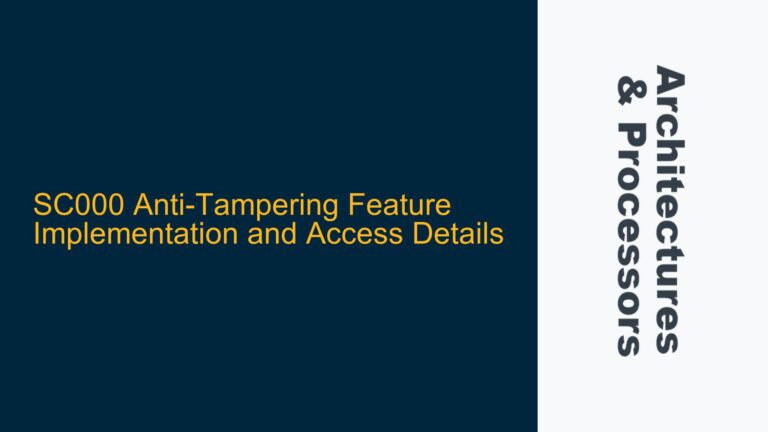PL131 Internal Authenticate Command Hangs Without Expected Response
The PL131, a widely used USIM card controller, is designed to handle secure communication between the host system and the USIM card. One of its critical functions is executing the Internal Authenticate command, which is essential for authentication and secure data exchange. However, in this scenario, the PL131 fails to return the expected response after sending the Internal Authenticate command to the USIM card. The command sequence is as follows:
- The host sends the Internal Authenticate command:
00 88 00 81 22. - The PL131 returns an intermediate response:
88. - The host sends the data block:
10 AA AA AA AA AA AA AA AA AA AA AA AA AA AA AA AA 10 BB BB BB BB BB BB BB BB BB BB BB BB BB BB BB BB. - The PL131 does not return the expected
61 xxresponse, which should trigger a subsequentGet Responsecommand.
The expected behavior is that after sending the data block, the PL131 should return 61 xx, indicating that the USIM card has processed the command and is ready to provide additional data. The host would then issue a Get Response command (00 C0 00 00 xx) to retrieve the final response, which should include the authentication data and a status code (90 00).
The failure of the PL131 to return the expected 61 xx response suggests a breakdown in the communication protocol between the PL131 and the USIM card. This issue could stem from several factors, including incorrect command sequencing, timing violations, or misconfigurations in the PL131 or USIM card.
Misconfigured PL131 Command Sequencing and Timing Parameters
One of the primary causes of the PL131 Internal Authenticate command failure is improper configuration of the command sequencing and timing parameters. The PL131 relies on precise timing and command sequencing to ensure successful communication with the USIM card. If these parameters are not set correctly, the PL131 may fail to interpret the USIM card’s responses or may not send the necessary signals to prompt the USIM card to proceed with the authentication process.
The Internal Authenticate command involves multiple steps, including sending the command header, transmitting the data block, and waiting for the USIM card to process the data. Each of these steps must adhere to strict timing requirements specified in the USIM card’s technical documentation and the PL131’s configuration registers. If the timing parameters are misconfigured, the PL131 may not wait long enough for the USIM card to process the data, or it may prematurely terminate the communication sequence.
Another potential cause is incorrect configuration of the PL131’s protocol handling. The PL131 supports multiple communication protocols, including T=0 and T=1, and the protocol settings must match the USIM card’s requirements. If the protocol is misconfigured, the PL131 may not correctly interpret the USIM card’s responses, leading to communication failures.
Additionally, the PL131’s clock frequency and baud rate settings must align with the USIM card’s specifications. If the clock frequency is too high or too low, the USIM card may not be able to process the commands correctly, resulting in incomplete or failed transactions. Similarly, if the baud rate is mismatched, the PL131 and USIM card may not be able to synchronize their communication, leading to data corruption or loss.
Verifying and Correcting PL131 Configuration and Timing Parameters
To resolve the PL131 Internal Authenticate command failure, the first step is to verify and correct the PL131’s configuration and timing parameters. This involves a thorough review of the PL131’s configuration registers and the USIM card’s technical documentation to ensure that all settings are aligned with the required specifications.
Begin by checking the PL131’s protocol settings to confirm that they match the USIM card’s communication protocol. If the USIM card uses the T=0 protocol, ensure that the PL131 is configured for T=0. Similarly, if the USIM card uses T=1, verify that the PL131 is set to T=1. This can be done by examining the PL131’s protocol configuration register and comparing it with the USIM card’s specifications.
Next, review the PL131’s timing parameters, including the frame guard time, character guard time, and block guard time. These parameters define the intervals between commands and responses and must be set according to the USIM card’s requirements. If the timing parameters are too short, the PL131 may not wait long enough for the USIM card to process the data. If they are too long, the communication may time out before the USIM card can respond. Adjust the timing parameters as necessary to ensure that they fall within the specified ranges.
Additionally, verify the PL131’s clock frequency and baud rate settings. The clock frequency should be set to a value that is compatible with the USIM card’s operating range, and the baud rate should match the USIM card’s expected data rate. If the clock frequency or baud rate is incorrect, adjust the PL131’s configuration registers to align with the USIM card’s specifications.
Once the configuration and timing parameters have been verified and corrected, retest the Internal Authenticate command sequence to determine if the issue has been resolved. If the PL131 still fails to return the expected 61 xx response, proceed to the next troubleshooting step.
Debugging USIM Card Communication and PL131 Signal Integrity
If the PL131’s configuration and timing parameters are correct, the next step is
